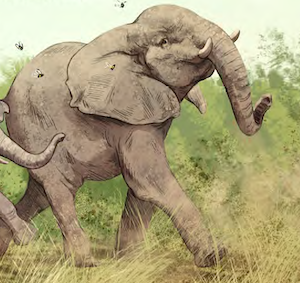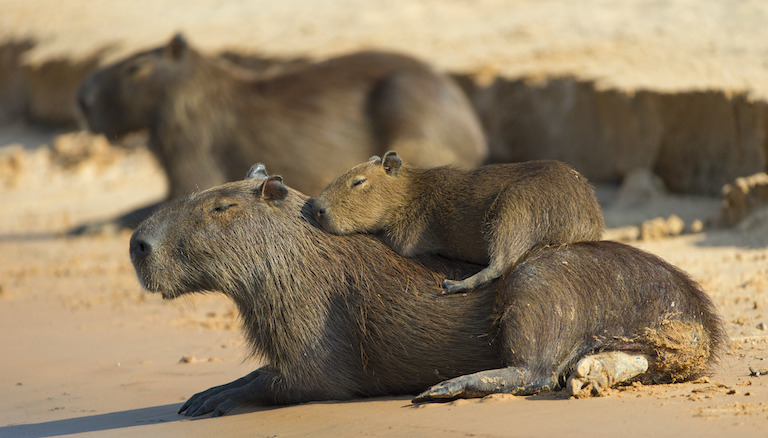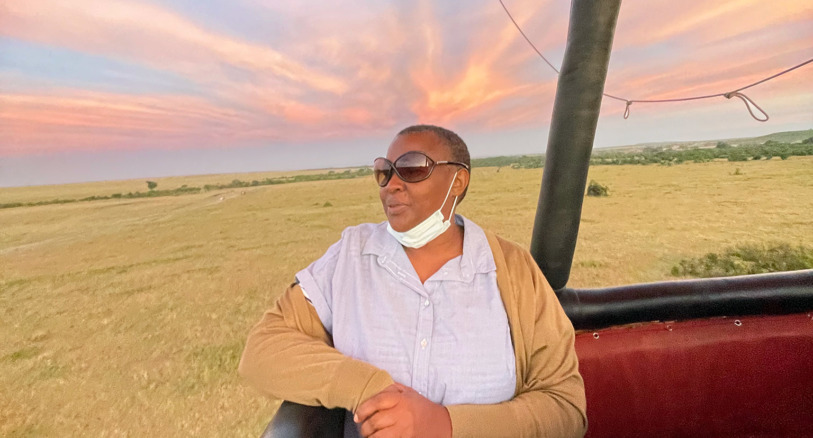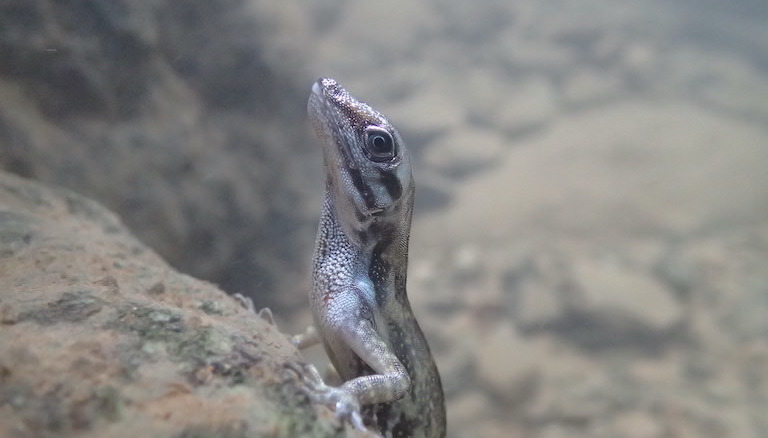You probably know something about mushrooms
Mushrooms – love them or dislike them – are somewhat familiar to most people. In the book “Alice in Wonderland” by Lewis Carroll, Alice finds a magical mushroom that could make her bigger or smaller! In our kitchens and restaurants, mushrooms are delicious ingredients in stir fries, salads, pizzas, and many other dishes.
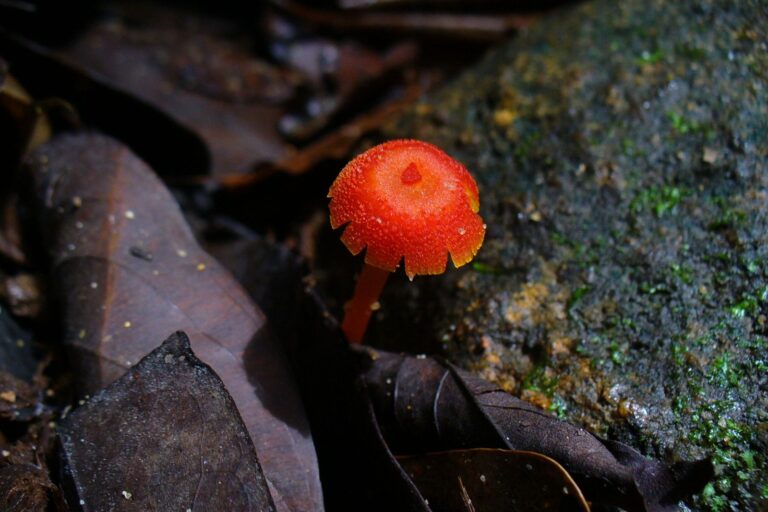
A red-hued mushroom, a rarity, captured inside the Kithulgala Forest Reserve. Image by Malaka Rodrigo.
But what exactly is a mushroom?
Mushrooms are the reproductive structure of some fungi. They produce millions of microscopic spores in the gills or pores located under their caps. These spores travel with the wind in water, or on passing animals. The spores then settle on moist soil, decaying logs, or leaf litter and sprout a new fungus. Eventually when that fungus is ready to reproduce it will sprout a new mushroom and produce spores.
How many types of mushrooms are there?
There are about 14,000 named mushroom species known as of 2023. But there are likely many more to be found and described for science. Mushrooms live on every continent, even Antarctica, where there are about 20 species.
Tropical countries like Sri Lanka are good spots for new mushroom discoveries.
“About 2,000 fungi species have been identified in Sri Lanka, but there can be as many as 25,000 species of fungi on the island, considering it is located in a tropical region,” says Samantha Karunarathna, a professor at Qujing Normal University, China.
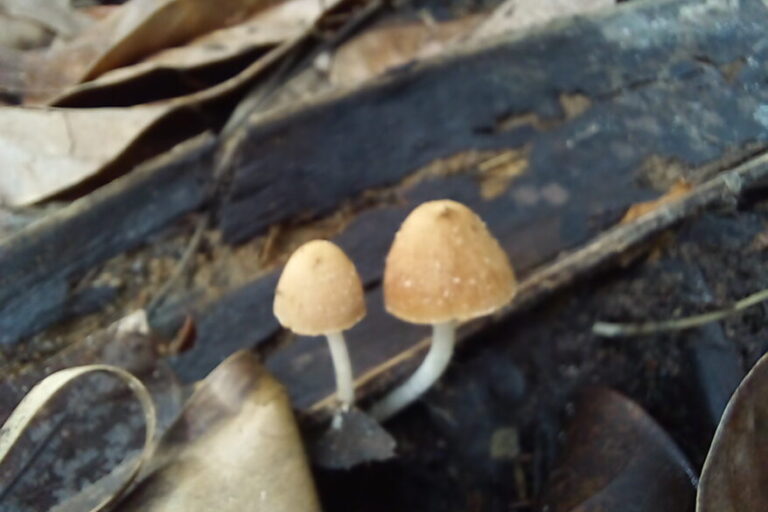
The new mushroom species Candolleomyces ruhunensis found on the University of Ruhuna premises is the first species of the Candolleomyces genus found in Sri Lanka. Image courtesy of Aseni Ediriweera.
The science of studying fungi is called mycology
There are many more new species of fungi to be found and scientifically described than there are mycologists to find them. Amateur naturalists can help mycologists find and describe new mushroom species. Some naturalists in Sri Lanka are doing exactly that.
Meet some naturalists who are discovering new mushrooms in Sri Lanka
Hemachandra Kularatne, a retired dentist, is passionate about nature photography and has developed a special interest in wild mushrooms. He lives in Sri Lanka’s Sabaragamuwa province. Sometimes he camps out in the remote wilderness to photograph unusual looking mushrooms. In 2020, he found one that looked a little similar to a mushroom he had in his own home garden.
Despite the similarities, the mushroom was quite different from the one that Hemachandra Kularatne was familiar with. This mushroom’s stem was thinner. Kularatne shared photos of the mushroom with Aseni Ediriweera, a mycologist at the Chinese Academy of Sciences who studies mushrooms. By analyzing the DNA, Ediriweera determined that the mystery mushroom is a species new to science. He named it Termitomyces srilankensis.
Termitomyces srilankensis:
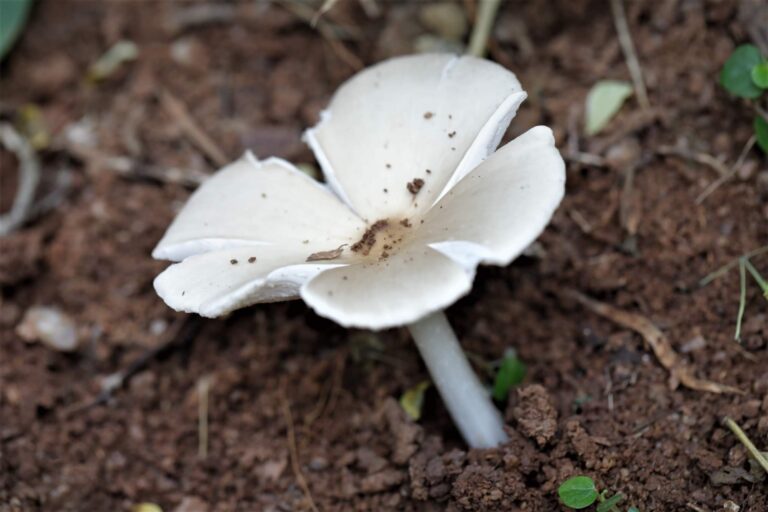
The new mushrooms species Termitomyces srilankensis has a symbiotic relationship with termites and is found growing on a termite hill in a home garden. Image courtesy of Hemachandra Kularathne.
Gunadasa Pathirana, a tour guide at the Kanneliya Rainforest Reserve, in the south of Sri Lanka, is another amateur naturalist who is excited by the diversity of mushrooms he sees. Whenever he photographs a mushroom whose name he does not know, he forwards it to mushroom researchers for help identifying it. Thanks to Gunadasa Pathiranasuch’s photo, Aseni Ediriweera ended up discovering Crepidotus striatus, a mushroom species that has not been recorded in Sri Lanka before.
Crepidotus striatus:
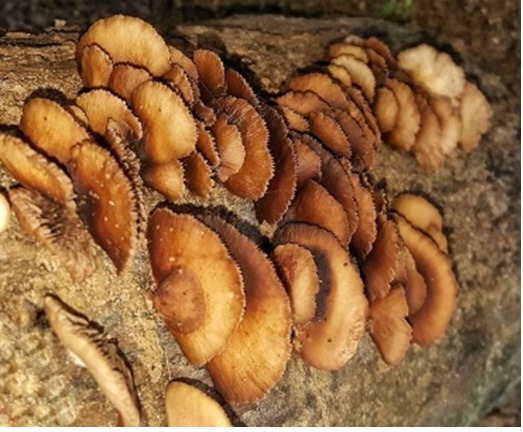
Crepidotus striatus was first discovered in China as recently as 2020 and it has become a new record for Sri Lanka. Image courtesy of Gunadasa Pathirana.
The work of Hemachandra Kularatne and Gunadasa Pathirana shows how amatuer naturalists can partner with mycologists like Aseni Ediriweera to make important new mushroom species findings!

